219 – Positive Solutions for Canine Aggression Issues

Tips and tools for managing canine aggression using positive reinforcement
Lisa Moore is a canine behavior counselor who works regularly for clients dealing with aggression issues in their dogs. She uses positive reinforcement and counter-conditioning methods to bring these dogs to a point at which they can be safely managed.
“One of my Belgian Tervuren had aggression issues,” Moore said. “The old techniques I had used were not going to be effective without somebody getting hurt. This was my primary motivation for making the switch to positive reinforcement and clicker training.”
A successful obedience competitor prior to her introduction to clicker training, Moore noted that, dog training is an unregulated profession. “Anybody can hang up a shingle and call themselves a dog trainer,” she said.
Moore strongly recommends working with a trainer certified by the Karen Pryor Academy and/or the Association of Professional Dog Trainers.
Common aggression issues
Moore shared advice on three very common types of aggression, how to identify the behavior and how to condition dogs correctly to be able to manage them:
- Fear aggression
- Leash reactivity
- Resource guarding
“Management will always play some sort of role when you have a reactive dog,” Moore noted.
Some general principles to keep in mind, according to Moore, when dealing with aggression issues.
- There is no room for corrections. Punishing any type of aggressive behavior will make it worse.
- There are no quick fixes. Corrections will suppress the behavior, but that is not a fix.
- Dogs will always have “tells” that will give you an early warning that trouble is brewing.
- Understand and listen to your dog.
Fear aggression, Moore said, is the easiest to fix. “You get the fear to go away, the aggression goes with it,” she added.
Leash reactivity is a situation in which Moore said, more often than not, she has to train the owner not the dog. “The owner tenses up, the dog reads that behavior and says ‘Mom’s worried, something must be wrong,’” she observed.
Resource guarding is a very common, solvable behavior, Moore said. Much more so when it is caught early, before it becomes entrenched. She added that dogs who become habituated to resource guarding can be particularly dangerous.
Learn more about applied behavior analysis in last week’s episode with Lara Joseph.
Allison Foley’s Tip of the Week from the Leading Edge Dog Show Academy regards mentorship and how to find it, and give it!
Our Valued Corporate Sponsors:
Our Esteemed Advertisers:
Our In-Kind Supporters:
KNOWLEDGE IS POWER — FRANCIS BACON
When you become a patron of Pure Dog Talk you’ll tap into an exclusive community of experts to help you and your dog be blue-ribbon best at whatever you do with your purebred dog! Your support helps keep the MP3's rolling at Pure Dog Talk!
As a supporter, you’ll immediately gain access to the weekly Pure Pep Talk SMS, Pure Pep Talk private Facebook group, and priority emails. Patrons can choose to level up to the After Dark Zoom and a Patrons Digital Badge for their website— even a private counseling session with Laura on any topic.

DON'T MISS AN EPISODE!!






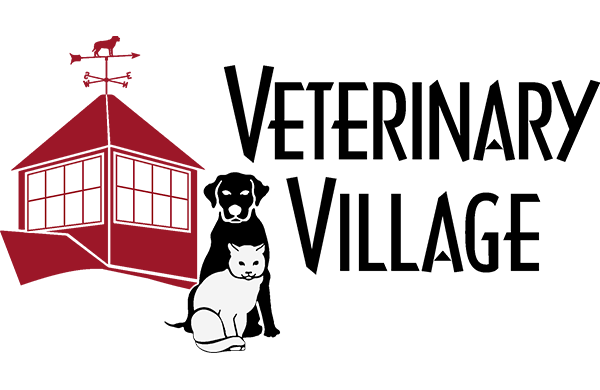

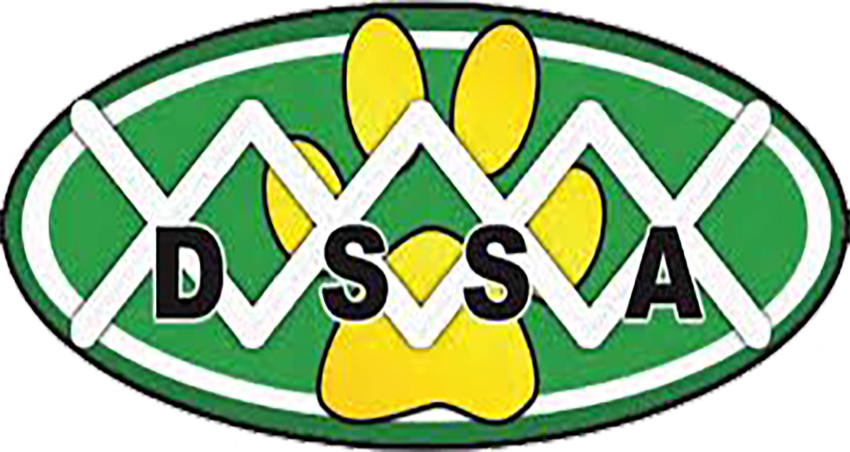
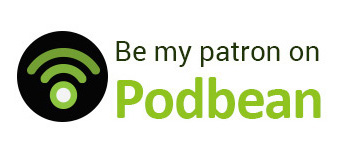
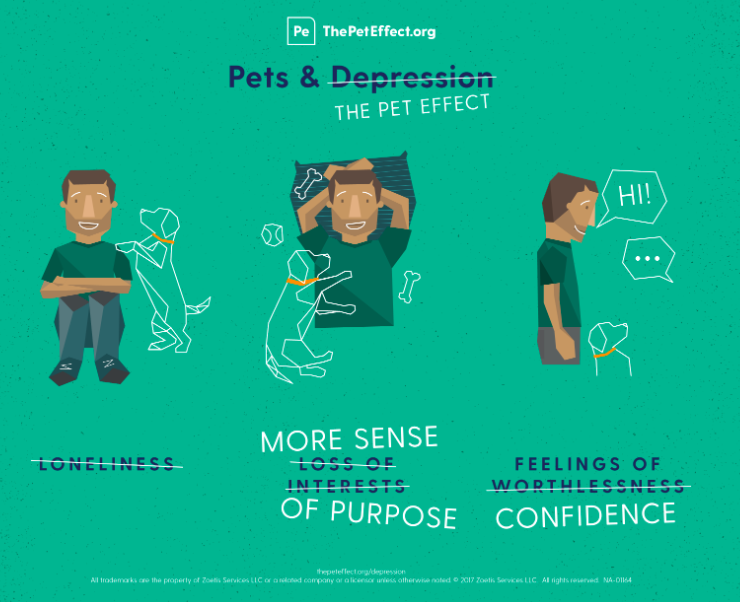


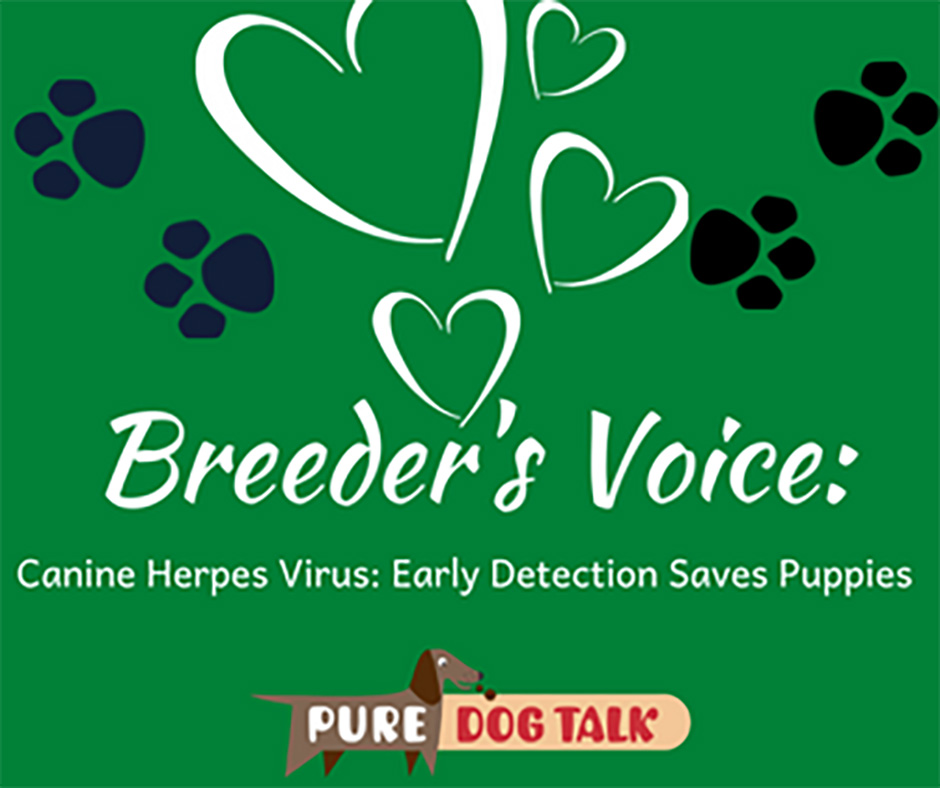
Great tips, it will help me a lot. Thanks for sharing!
Lisa Moore’s personal experience with her Belgian Tervuren demonstrates the effectiveness of using positive reinforcement and clicker training in managing aggression. I also appreciated her emphasis on the importance of working with certified trainers for the well-being of our furry friends.